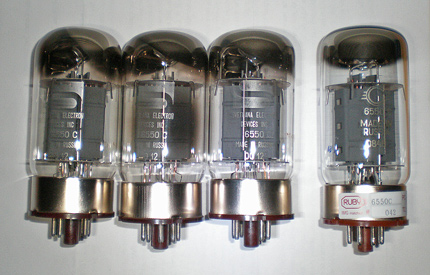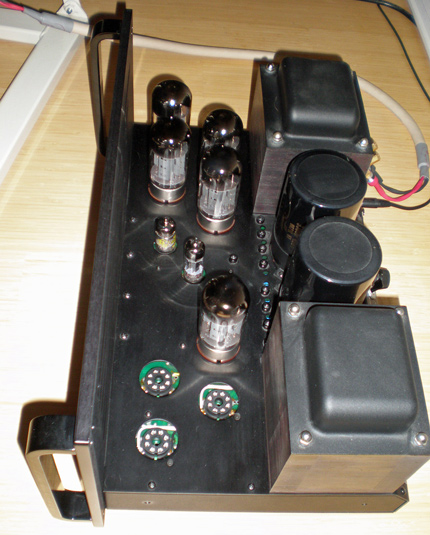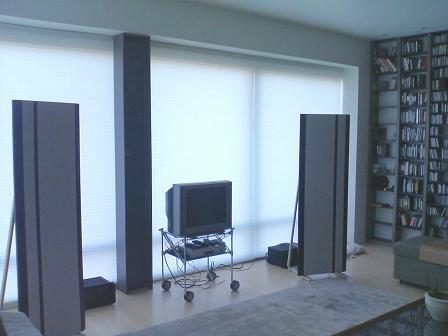I have
quite a lot of vinyl records. I play them on a
Rega Planar 3, a fairly high-end turntable.
I'm not dogmatic about analog vs. digital. My well-recorded CDs sound great, though the
loudness war means many CDs are tiring to listen to. And many of my vinyl records sound fantastic, though some are warped or have irritating pops.
The thing about vinyl playback is the headroom for improvement is vast. Decent CD players sound very similar, but a better turntable solves real engineering problems and sounds much better than lesser turntables.
A big motivation to get a better turntable is to make better digital copies of my albums and singles. The digital library I cart around on music phones and PCs currently only has songs from my CDs
On that subject, I was struck by
this review of a super-exotic Rockport Sirius III turntable:
I made two demo CD-Rs of various tracks using the Rockport, to A/B with the LPs in real time. Of course, the "live" LPs creamed the CD-R, which sounded slightly brighter and edgier but less immediate. Nonetheless, the CD-Rs did capture the Rockport's essence.
When I A/B'd the CD-R with the "live" LPs on the Yorke [a merely good turntable], the CD-R topped the LPs in overall presentation, dynamics, and especially solidity.
In other words, a digital recording from a super-exotic turntable sounds
better than vinyl playback from a merely good turntable.
So, do I really want a $5,000 turntable? Not when there's someone with the same vinyl who plays it through a cartridge hand-made by the 90-year old sensei, mounted to a gazillion-dollar 1000 kg turntable hand-calibrated by its engineer, in an isolated underground vault, connected to the discontinued $25,000 Boulder phono preamp — I'll take his digital files instead of playing my own records!
The next issue is what kind of digital file to make. MP3 isn't enough, even FLAC lossless is only CD quality. I want future-proof. The consensus is zeroing in on
DSD. The latest Absolute Sound has a review of the Korg DSD recorder capturing vinyl playback and makes the points of how close the DSD sounds to the original and how it's the best format for archival. Again, I want someone else's superb digitization of their vinyl. Her DSD archival file will be better than mine.
(This still locks in the playback of the vinyl record on a particular turntable, cartridge, arm, and digitizer. What about future improvements to vinyl reproduction? So my most radical thought is to capture the record and read it in software. It should be possible to make a detailed scan of the record surface itself. Then software can reconstruct the audio waveform without the primitive mechanical operation of dragging a diamond along an undulating spiral valley. As long as the initial scan is high enough resolution, software can do a better job knowing what kind of cutting head made the vinyl, how vinyl deforms when stamped, where best to read the undulations in the walls. I have no idea if a 100 square inch microscopic 2½-D scan is remotely practical.)
Returning to reality, if the record companies were smart (OK, that's still unreality), then they would meet the demand for very high quality digital copies. From
a rantMy concern is that we get every possible historical recording archived to DSD as soon as possible, AND that the artists (both performance and recording) can and should make DSD the authoring medium of choice, REGARDLESS of what happens to it subsequently.
Definitely! The DSD file becomes the fabled "master tape" that is the source for every released version of the music. But unlike a reel-to-reel tape, the music's owner can sell me the master DSD file, charging me more than a $0.99 MP3.
Here's Pete Townsend of the Who on DSD, from a
great interview about recording music:
Genex DSD [was] what my Mastering Supervisor Jon Astley preferred. I preferred the sound of analog tape (1/2", Dolby SR at 15 ips) but they sounded so close it was almost impossible to tell the difference. ... It’s hard to tell whether going to tape would have produced better sound on CD. A CD is pretty difficult thing to get to sound “warm” (whatever that means, such a hard word to define in audio terms).
So the ultimate sound would be to play Pete Townsend's analog master tape. But even an analog fan like Pete Townsend says the original DSD file sounds fantastic, then gets mucked up when you turn it into a CD. So sell us that master file!
2L is one label offering this, as a test: a
DXD file, as well as several lesser formats.
Labels: audio, vinyl


 Sound in the new house! Yes, these are large panel speakers; for scale, that's a 70-inch plasma TV between them :-) . I finally bolted them to
Sound in the new house! Yes, these are large panel speakers; for scale, that's a 70-inch plasma TV between them :-) . I finally bolted them to 
